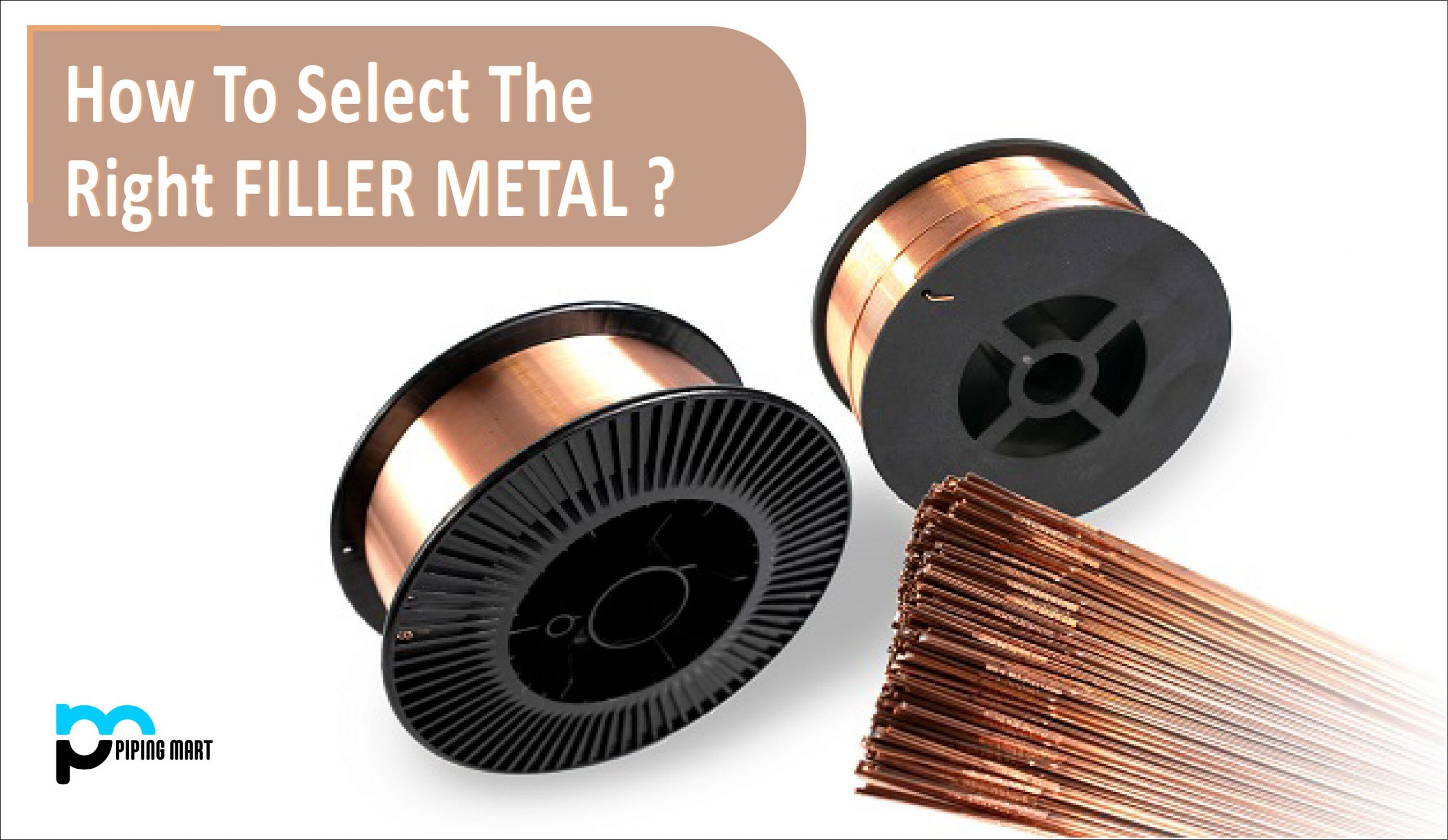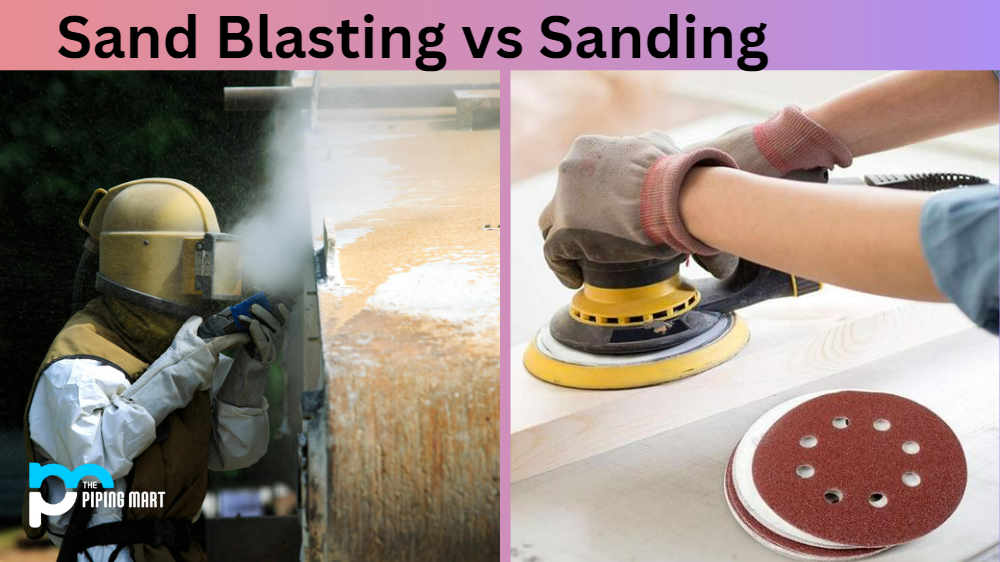It’s vital to use a filler metal with the right mechanical and chemical qualities for the job, as well as the ability to resist the service conditions the weld will face. It lowers the risk of cracking, corrosion, and/or weld defects, all of which can lead to time-consuming and costly rework.
The base material to be welded, the welding position, regulatory specifications and codes, design requirements, shielding gas, post-weld heat treatment, and welding equipment are all elements to consider when choosing a filler metal.
The Base Material to be Welded:
When matching filler metal to base metal, the chemical composition and tensile strength of the filler metal must be compatible. This information should be used to match chemical properties and determine the strength of the structure being welded, for example, welding Base Metals with a tensile strength of 60,000 psi will require Electrodes with the same or greater tensile strength to maintain the base metal’s strength, e.g. E6010 or E7018 may be ideal for welding and maintaining the strength in this case. This information offers the resistance with which a material will break under strain, whether it’s a pressure-containing vessel or a load-bearing structure.
The Welding Position:
Horizontal weld filler metals are usually the most durable and have the least porosity. If your design requires you to weld in a different location, make sure you use a filler metal that is suitable for the job.
Regulatory Specifications and Codes:
Another way to think about it is to consider what environments the weld will be exposed to. If the weld is going to be subjected to vibration or stress, make sure the filler metal is up to the task. It must also be considered whether it will be subjected to water, pressure, or extreme heat.
Design Requirements:
It’s critical to choose a filler metal that fulfills or surpasses the requirements of a joint design, as stated by the engineer’s welding configuration, in addition to adhering to codes (where applicable). When welding on thin material, for example, it’s critical to have the right arc characteristics—a wire with a lot of penetration can burn the welding operator. When welding a thick item with a single “V” junction, a filler metal with greater penetration qualities allows for better tie-in at the root and sides.
Shielding Gas:
You’ll obtain deeper penetration of the weld if you use direct carbon dioxide to protect the weld, but you’ll get more spatter. More filler metal may transfer into the weld if argon is added to the mix, resulting in consistent weld quality and reduced spatter.
Post Weld Heat Treatment:
Before welding can begin, certain steels and material thicknesses must be warmed to a specific temperature. Preheating allows the item to cool slowly, which prevents weld shrinkage and cracking. Post-weld heat treatment (PWHT) is also used to minimize tensions and gradually lessen residual heat introduced during welding, allowing the weld joint and base materials to restore to their original properties.
Welding Equipment:
Many welders are aware that when working with thicker metals and particular types of steel, the metal should be warmed for the best welding outcomes, in order to avoid shrinkage in the weld and possible cracking when the entire piece cools as one. However, some materials require heat to help them cool more slowly. If these metals are required for your project, be sure your filler metal can withstand the prolonged cooling time.

Pipingmart is B2B portal specializes in industrial, metal and piping products. Also, share latest information and news related to products, materials and different types grades to help business dealing in this industry.




